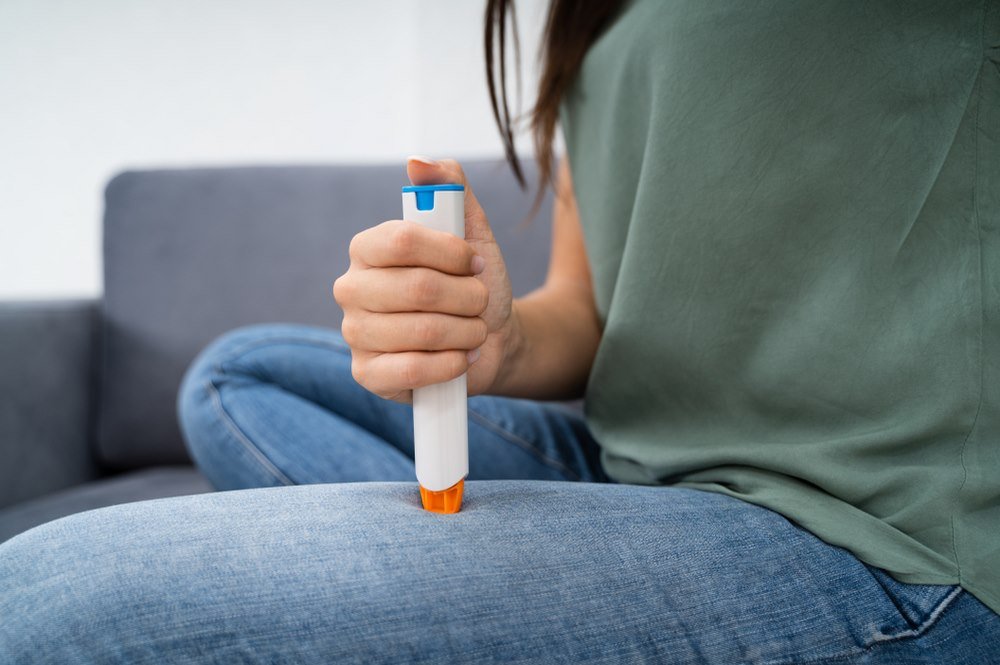Epinephrine

Epinephrine is the treatment of choice adopted in anaphylactic emergency. With its mechanism of action essentially antagonizing that of the anaphylactic mediators, it is a life-saving drug. However, timely administration with proper route adoption, is also important. It has now been established that reluctance in administrating epinephrine or delayed administration significantly correlates with the fatality ratio of anaphylaxis.
The ideal route of administration is in the thigh muscle, in the upper outer region. The ideal time interval is between 5-15 minutes, but it may shorten in case of a very severe anaphylactic attack. If the initial dose does not significantly resolve symptom, the doctor may give an additional dose, or may administer epinephrine intravenously.
The associated side-effects of epinephrine do not, in any way, weigh down its efficacy.
A very effective means of administration is via an auto-injector. This allows easy administration by even non-professionals. It can even be injected through the clothing items. The doctor may prescribe an epinephrine auto-injector in case of earlier anaphylactic attacks.

